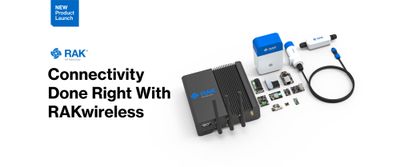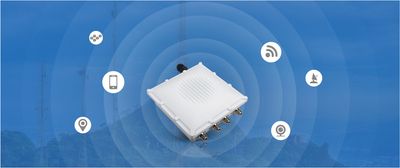IoT: The Future of Health
Healthcare is at a precipice of evolving, and with the recent worldwide pandemic, the rate it is changing is becoming much faster. Technology has always played a significant role in the way we are able to take care of ourselves, and at a time when there are a lot of health uncertainties, the impact it can have on keeping ourselves safe is warranted and necessary.
Basic access to healthcare is another issue of recent years, and the Internet of Things (IoT) can help us not only gather information faster but also give more people a way to keep track of and manage their health.
Smart Health is a system of health services that utilizes IoT technology in the collection, management, and analysis of health information. The advantage of smart health is the ease and efficiency at which it can create informed decisions that can benefit a whole community.
We are already seeing the ways Smart Health can benefit us, and of the most popular applications is the emergence of COVID-19 contact tracing systems in different countries, like South Korea and New Zealand.
Read: How IoT is Overcoming the Challenges of the COVID-19 Pandemic
There are many scenarios in which Smart Health can help both workers and patients make things a little bit easier. Here are just 4 examples of how using IoT in health can result in major breakthroughs:
- Detecting illnesses and conditions in no time.
- Collecting aggregated data of virus symptoms
- Simultaneous Monitoring and Reporting
- Virtual Hospitals are now possible
Smart Health, with the help of IoT communication technology like Bluetooth and LoRaWAN, can take full advantage of the short- and long-range movement of information and data to innovate the way we track and detect illnesses, and even in the way we treat them. Gone are the days when we need multiple visits to the hospital or clinic just to get an accurate diagnosis and treatment. With IoT, we can get results faster while spending less.
One of the most important and crucial benefits Smart Health is bringing to the table is a way for us to predict the movement of certain viruses and illnesses in a population. With the use of sensors and trackers, data can be collected and then analyzed and aggregated to make it easier for healthcare professionals to track and predict outbreaks, and be able to plan ahead of time.
Wearable devices can be utilized as well to help people, especially with certain health conditions, monitor vital signs or other important aspects of their well-being to inform them of their health status in real-time and be able to report to their doctor in case of any discrepancy. The whole system could essentially cut through a whole process of data gathering that the device already has and can lead to faster, accessible, and more efficient treatment.
In connection to the previous number, now it is possible for people to be taken care of remotely. In some parts of the world, “virtual hospitals” have become a way for healthcare professionals to respond to non-life-threatening conditions that may still need basic medical support without them having to go to hospitals. IoT technology gives the medical staff a way to monitor the patient remotely and give instructions in real-time to the patient or any caregiver present without them having to be in the same room. This breakthrough means that people may need to spend less money to get the treatment they need and that brick-and-mortar hospitals are now able to focus on treating those who need more intensive care.
Read: 4 ways IoT and Commercial LoRa Gateways can be used for COVID vaccine transport
Smart Health is the next logical step for the healthcare industry and its beginning is showing a lot of promise to make health, safety, and wellbeing more accessible and more efficient for all people.
Lear more: IoT Networks: Everything You Need to Know





